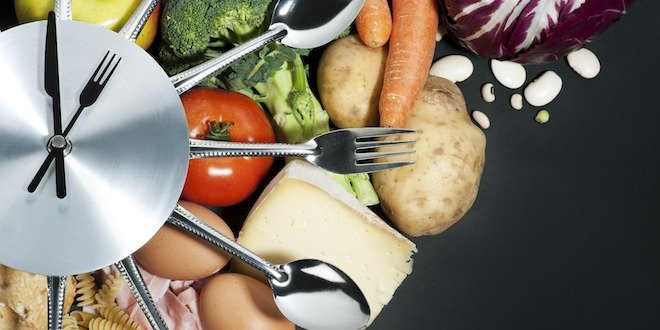
If you live with diabetes, it comes as no surprise that hypoglycemia (or low blood glucose) presents a serious threat to a person’s physical health. The fear of experiencing hypoglycemia can also affect emotional well-being, often leading people toward the opposite end of the spectrum – maintaining high blood glucose levels to avoid the physical discomfort or potential embarrassment of hypoglycemia in social settings.
Other authors on this website have provided an in-depth look at the physiology, signs and symptoms, recommended treatment and the relationship between physical activity and hypoglycemia. As a registered dietitian, my focus will be on the food-related reasons for hypoglycemia, and how to work with food choices to prevent it.
What are the food-related causes for low blood sugar?
For some people living with diabetes, trying to figure out why they experience low blood glucose is much like trying to solve a mystery. There are many possible causes, including variation in carbohydrate intake, spacing and timing of meals, and the rate of food digestion.
Of all food consumed, carbohydrate has the most influence on blood glucose levels, as it converts into blood glucose fairly rapidly. If carbohydrate intake varies (that is, less than what is needed to cover the amount of insulin or medication at a specific time), hypoglycemia results. So the digestion rate of carbs could have an impact.
A person who is matching insulin doses to carbohydrate intake needs to be sure that their carbohydrate counting skills are sharp and that they measure food portions. Many of my patients think they know how much of a food they are consuming and are often surprised to see how inaccurate their estimation is, when they actually measure the portion.
The person with diabetes taking fixed doses of mealtime insulin or sulfonylurea oral medication (stimulating insulin production throughout the day) must be diligently consistent with their carbohydrate intake at each meal from day to day. There is no room to skip or delay meals as the medication will continue to work regardless of food intake.
Variation in the digestion time of foods may lead to hypoglycemia in persons taking rapid insulin with meals. Foods with a low glycemic index value (such as oatmeal, lentils, and sweet potato) usually take longer to digest. Taking a full dose of rapid-acting insulin before a meal containing these foods may mean the insulin will be most active long before the blood glucose rises, resulting in hypoglycemia. There are other instances when insulin’s action needs to be prolonged to prevent hypoglycemia. For example, when consuming a holiday meal over an extended period of time or when eating a large amount of pizza (high fat content delaying digestion), taking part of the insulin before eating and the remainder later may help prevent hypoglycemia. A person with gastroparesis (a nerve condition that causes the stomach to empty more slowly than usual) may also benefit from extending or delaying mealtime insulin. It is advisable to work with a diabetes educator to learn about extending or delaying insulin delivery for the prevention of hypoglycemia.
Alcoholic beverages have a tendency to make blood glucose drop. To learn more about how to prevent hypoglycemia when drinking alcohol, see my article Alcohol consumption for people with diabetes.
How can you manage low blood sugars?
It is helpful for the person with diabetes to take a good look at their glucose monitoring to look for patterns in blood glucose. If too many lows consistently appear at a particular time of day, something needs to be done something about it. Perhaps there is a need to reduce or change diabetes medication type or dose – or maybe their carbohydrate intake at a particular meal needs to be adjusted. A single low blood glucose event can be caused by many things, but a pattern of lows indicates a problem that needs to addressed by diet or medication adjustment.


